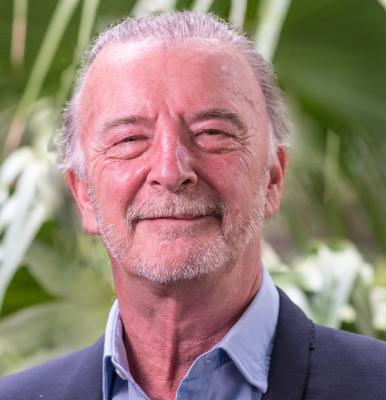In the June round of Noosa Council meetings, a number of development applications were discussed at the Planning and Environment committee meeting and subsequently recommended for approval, with conditions, then endorsed at the Ordinary Meeting.
This is standard operational practice in every round of council meetings and it is rare to find an approved DA without attached conditions. The conditions applied are almost always associated with requirements to be applied during or after the development/construction process.
An approval is just that: an approval. If the applicant were to contravene, or ignore, these conditions upon which the development was approved, the council would be obliged to issue a show-cause notice, and/or take further steps to ensure compliance. But such actions would apply to non-compliance of the conditions, not the status of the approval. As such, the applicant has full assurance in law that, despite some conditions, their application has been approved – and any attempted reversal of that approval would be unlawful.
One can only imagine the outcry from major developers that their ’approved’ DAs were, well, not really approved at all, due to ’conditions’ unable to be fulfilled prior to development/construction.
Last year, components of what can be viewed as the largest development application in more than 10 years landed on the council CEO’s desk, in the form of the draft new Noosa Plan, for final overview. It was then sent to the state government’s own planning people for a ’first state interest test’ which ensures compliance with an even bigger state planning document – the South East Queensland Regional Plan. It was returned with any associated required alterations, then re-submitted by council for a second state interest test.
Earlier this year it was approved. With conditions.
These conditions are, as with the development applications mentioned earlier, requirements during process. If they were pre-requisites, they would have to be satisfied prior to approval.
(As an interesting aside, one of the conditions the state added to approval of the plan was for the council to monitor the impact of the growing short-term accommodation industry on the shire and report back on its findings.)
Surely then, the Noosa Plan has the same legal approval for Noosa Council that any successful applicant has, and only non-compliance with the future conditions can result in state action through the courts; actions which would still not affect the status of approval?
And perhaps a planning lawyer could comment whether, if the Noosa Plan itself was now altered, would that action affect or even nullify its current ’approved’ status?
The last council left the option open for a new council to review the plan, where it could have signed it off. Approval of the plan by the state was received by council 48 hours before the pre-election caretaker period was due to begin, but that, combined with a solicitor’s advice that some late minor issues on the state planning side required adjustment, led the last council to leave it on the table.
The Noosa Plan took four years to complete. That’s a lot of hours invested by a lot of Noosa Council staff who, at times, have been subjected to criticism for supposedly being too ‘green’.
Whether the staff consider themselves green, or ideological in any other way, it is hard to see what impact that would have. They are public servants and work within the prevailing laws, strategies and policies. Perhaps some of them over the years joined the council due to the confluence of their world view and council’s environmental reputation, however this writer understands a large component of current staff hail from the former amalgamated Sunshine Coast Council.
A more logical explanation for any perceived bias would be that the design of the new plan continues developing the numerous initiatives and strategies introduced over the last 30 or so years – and through the work of many Noosa councils – but there is certainly a greater emphasis on economic development strategy contained in the new plan than in its predecessors.
Any proposed further amendments to the plan will potentially result in further required community consultation, which in turn could render out of date other consultations undertaken by agencies as part of the plan. Moreover, it would delay implementation of the many economic initiatives in the plan, setting back planned developments in anticipation of its implementation by 18 months or more.
Surely such expense, at a time when resources are under massive pressure due to the fallout from Covid-19, would be hard to justify?
The people voted at the last council election for some re-balancing of the council’s policies, and new councillors will be keen to make their influence felt. That’s a good thing, but perhaps the current economic environment urges caution in the speed of that process.
EDITOR’S NOTE: Noosa Today invited the three re-elected councillors who played a part in designing the new Noosa Plan to respond to Ingrid Jackson’s recent Soapbox, but each declined, citing the upcoming adoption debate in Council as the place to air their views.
Alan Lander is a journalist who has worked extensively in local media, particularly in government reporting. He has also worked as a media adviser for Sunshine Coast mayors Bob Abbot and Mark Jamieson.







